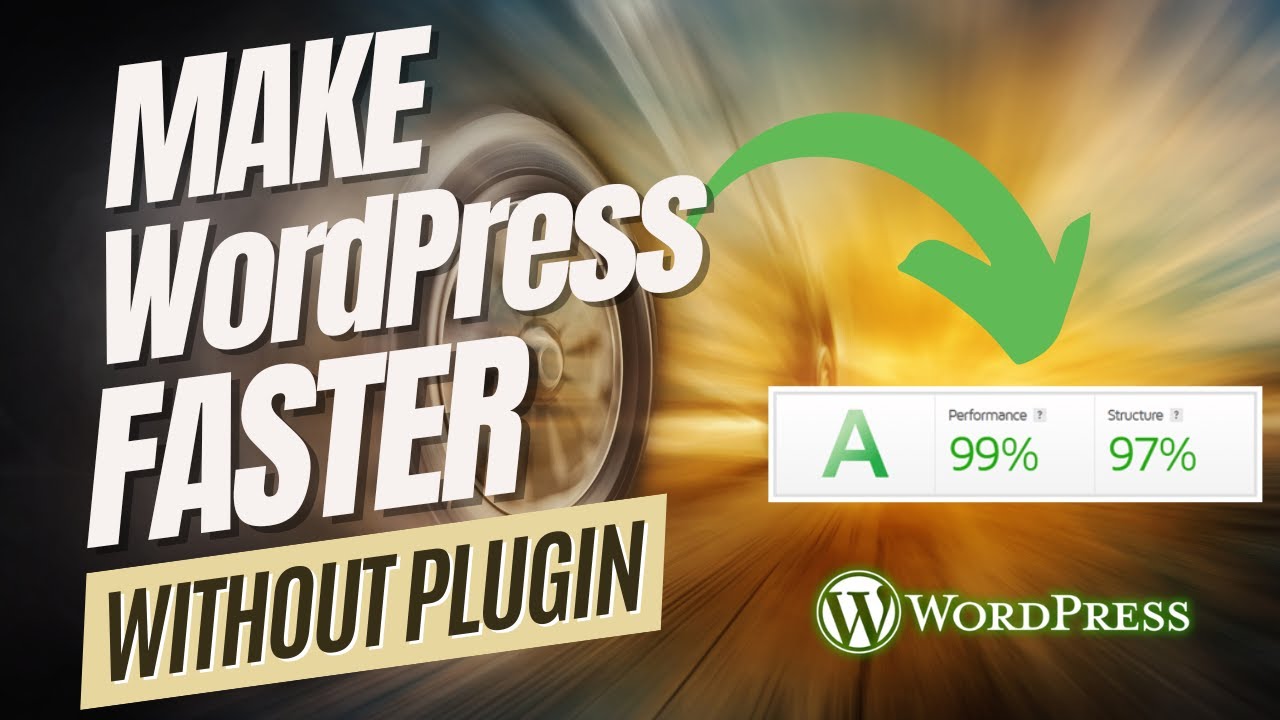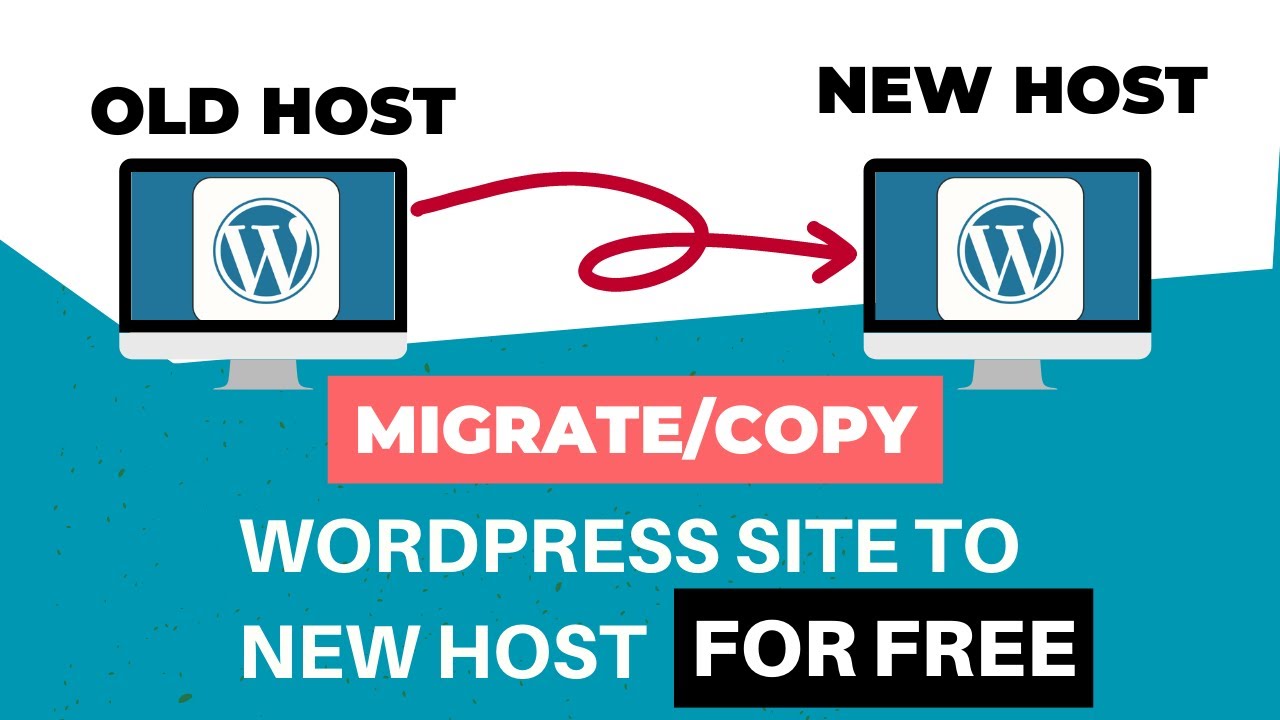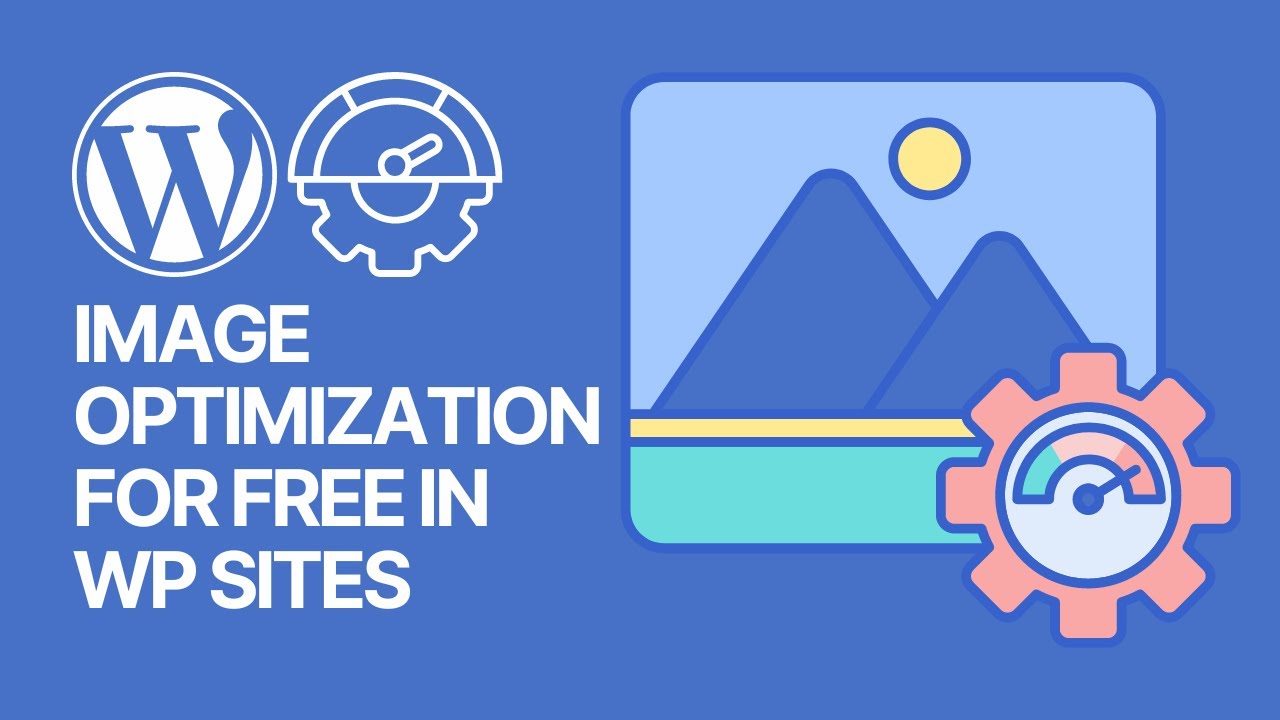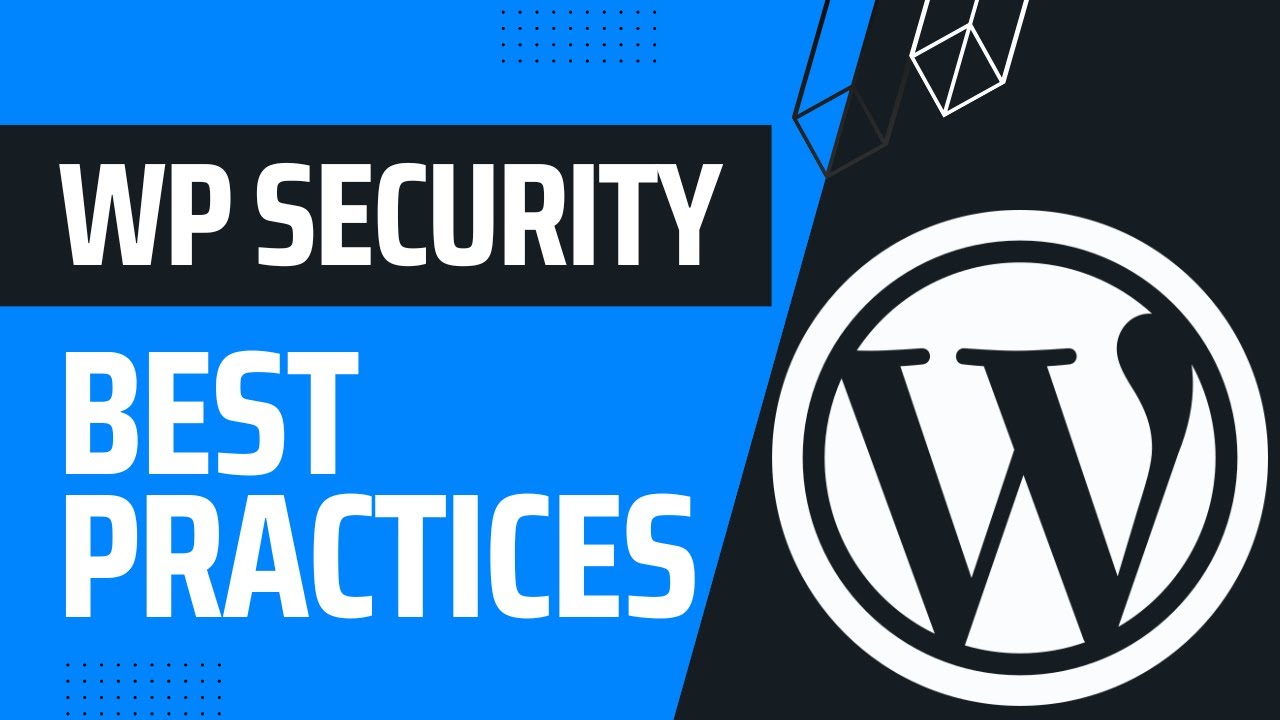Integrating social media into your website can significantly boost engagement, traffic, and brand awareness. For WordPress users, knowing the right strategies is essential to maximize these benefits.
In this article, we’ll share the best WordPress tips for integrating social media, covering plugins, widgets, automation tools, and optimization techniques. Whether you want to display social feeds, add sharing buttons, or automate content posting, these tips will make the process easier.
By following these strategies, your WordPress site can connect seamlessly with popular social platforms and enhance user interaction. Let’s dive in.
1. Choose the Right Social Media Platforms
Not all social media platforms will suit your website or audience. Start by identifying which platforms are most relevant to your niche and target audience.
- Facebook – Ideal for community engagement, events, and sharing long-form content. Use Facebook Page plugins or the Facebook Comments plugin to encourage interaction.
- Twitter/X – Perfect for short updates, trending topics, and building authority in your niche. Consider embedding your Twitter timeline using Custom Twitter Feeds.
- Instagram – Works best for visual content such as photography, design, fashion, or lifestyle blogs. Use plugins like Smash Balloon Social Photo Feed to display Instagram posts on your WordPress site.
- LinkedIn – Useful for professional or B2B websites. Embed company updates, share posts, or display professional content feeds.
Pro Tip: Focus on 2–3 platforms initially to avoid overwhelming visitors. You can expand later based on engagement analytics.
2. Use Social Sharing Plugins
Adding sharing buttons encourages visitors to share your content, which can increase reach and traffic.
Recommended Plugins:
- Social Warfare
- Lightweight and highly customizable.
- Adds share buttons inline, floating, or as pop-ups.
- Tracks social share counts for popular posts.
- Monarch by Elegant Themes
- Offers floating bars, inline buttons, pop-ups, and fly-ins.
- Integrates with 20+ social networks.
- AddToAny Share Buttons
- Simple and free.
- Supports unlimited platforms.
- Offers share counters and shortcodes for placement flexibility.
Step-by-Step Tip:
- Install your chosen plugin.
- Configure placement: top of posts, end of content, floating sidebar.
- Customize icons to match your site’s theme.
- Test mobile responsiveness to ensure buttons don’t obstruct content.
Internal Linking Suggestion: Link to a post like “Best Social Media Plugins for WordPress” for detailed comparisons.
3. Integrate Social Feeds on Your Site
Displaying live feeds from social platforms keeps your site dynamic and interactive.
Plugins and Tools:
- Smash Balloon Social Photo Feed – Instagram feeds.
- Custom Twitter Feeds – Twitter integration.
- Flow-Flow Social Feed – Combines multiple social platforms into one feed.
Implementation Tips:
- Embed feeds in sidebars, footers, or dedicated pages.
- Limit the number of posts displayed to prevent slow loading.
- Customize styling to match your theme for a seamless look.
- Regularly monitor feed updates to avoid broken links.
Pro Tip: Combining feeds from multiple platforms creates a social hub that encourages users to explore your content across channels.
4. Enable Social Login
Allowing visitors to log in via social media simplifies registration and can increase user interaction.
Plugins to Use:
- Nextend Social Login – Supports Facebook, Google, and Twitter logins.
- Super Socializer – Offers login, sharing, and commenting integration.
Step-by-Step Setup:
- Install and activate the plugin.
- Connect your social media developer accounts (Facebook, Google, Twitter).
- Configure login button placement (login page, comment sections, registration forms).
- Test the login flow for both desktop and mobile users.
Benefit: Social login reduces friction for new users and helps collect more accurate user data for marketing purposes.
5. Automate Social Sharing of New Content
Automatically sharing new posts on social platforms saves time and ensures consistent promotion.
Popular Tools:
- Jetpack Publicize – Connects WordPress to Facebook, Twitter, LinkedIn, and more.
- Blog2Social – Advanced scheduling, custom captions, and automated posting.
- Buffer / Hootsuite – For cross-platform automation with more control over posting schedules.
Implementation Tips:
- Schedule posts to appear at optimal times based on audience activity.
- Customize captions to suit each platform instead of generic auto-posts.
- Track engagement to identify which platforms drive the most traffic.
Advanced Tip: Combine automation with manual promotion for high-value posts to maximize visibility and engagement.
6. Optimize Content for Social Sharing
Even with integration, content must be optimized for social performance.
Techniques:
- Featured Images – Always add visually appealing featured images for better engagement.
- Open Graph Tags – Control how posts appear on Facebook and LinkedIn using plugins like Yoast SEO.
- Twitter Cards – Ensure tweets include rich content with images and summaries.
- SEO-Friendly Titles and Descriptions – Use compelling meta descriptions and titles that include keywords.
Internal Linking Suggestion: Link to “How to Add a Table of Contents in WordPress” or other tutorials to keep users exploring your content.
7. Use Social Proof to Build Credibility
Social proof encourages trust and engagement on your site.
Strategies:
- Display share counts and follower numbers.
- Embed testimonials from social media.
- Showcase user-generated content from Instagram or Twitter.
Plugins:
- Smash Balloon Social Photo Feed – User-generated images.
- Revive Old Posts – Share positive engagement from older posts to boost credibility.
Pro Tip: Social proof works best when placed near calls-to-action or subscription forms.
8. Add Social Media Widgets Strategically
Widgets help users follow or interact with your profiles without leaving your website.
Placement Ideas:
- Header or sidebar – Always visible.
- Floating share bars – Follow users as they scroll.
- Footer widgets – Subtle, non-intrusive placement.
Step-by-Step Setup:
- Choose a plugin that supports widgets, like Monarch or AddToAny.
- Customize icons to match your branding.
- Test responsiveness for mobile and tablet devices.
9. Monitor Social Media Analytics
Tracking engagement helps refine your strategies.
Tools:
- Google Analytics – Identify which platforms drive traffic.
- Jetpack Stats – Basic post-level insights.
- Native Analytics – Facebook Insights, Twitter Analytics, Instagram Insights.
Step-by-Step Tips:
- Set up UTM tracking links for each social post.
- Monitor click-through rates, shares, and comments.
- Adjust content strategy based on top-performing platforms.
10. Keep Plugins Updated and Lightweight
Too many plugins can slow your WordPress site, affecting SEO and user experience.
Best Practices:
- Use essential plugins only.
- Keep plugins updated to avoid security vulnerabilities.
- Test site speed after adding new plugins (use GTmetrix or PageSpeed Insights).
Pro Tip: Combine features when possible. For example, Monarch handles sharing buttons, floating bars, and pop-ups in one plugin to reduce bloat.
11. Additional Tips for Advanced Integration
- Leverage Shortcodes and Gutenberg Blocks: Many plugins provide blocks for placing feeds or buttons anywhere on your site.
- Use Pop-ups Sparingly: Display subscription forms or follow prompts without annoying visitors.
- Optimize for Mobile: Ensure all social integration features are fully responsive.
- Test Different Designs: Experiment with placement, button styles, and feeds to see what drives the most engagement.
Final Thoughts
Integrating social media into WordPress doesn’t have to be complex. By applying these WordPress tips for integrating social media, you can streamline sharing, display live feeds, automate content posting, and optimize user engagement.
Start by selecting the right platforms, installing the most effective plugins, and monitoring performance to refine your strategy. With consistent effort, your WordPress site will build stronger connections with your audience, increase traffic, and enhance overall engagement.
Want to make social media integration even easier? Explore the best free WordPress plugins for sharing, feeds, and automation on GPLCache, and start boosting your site’s engagement today!








